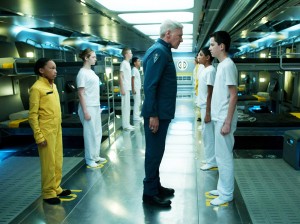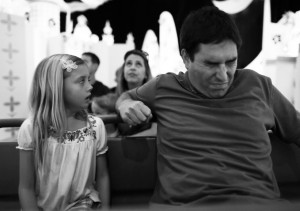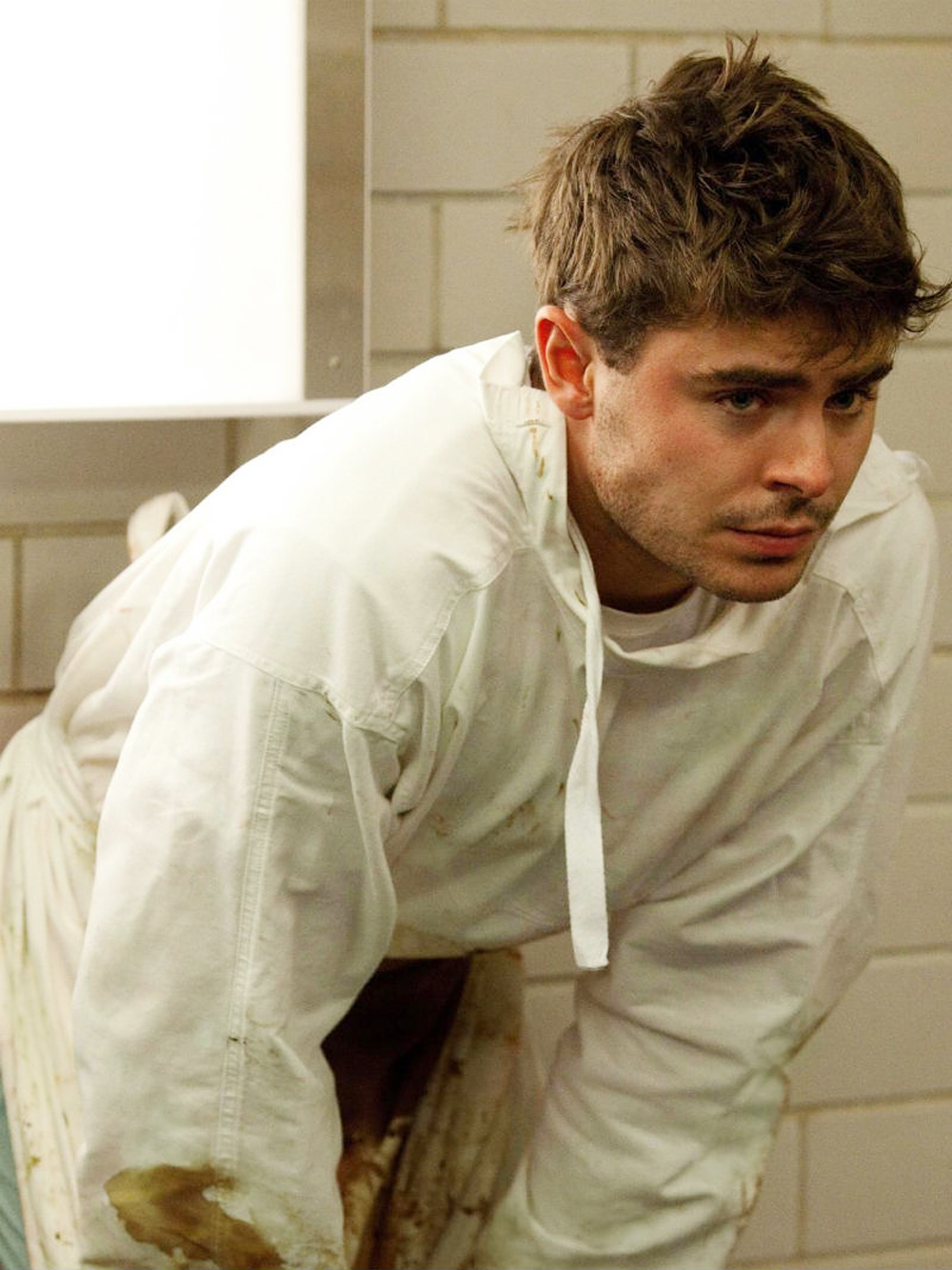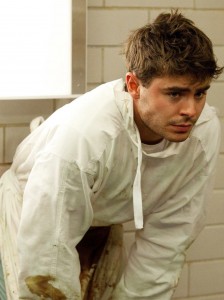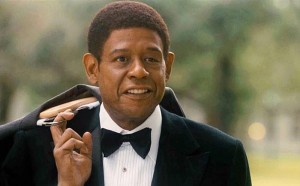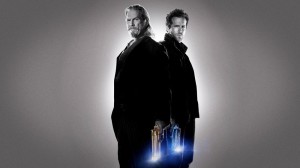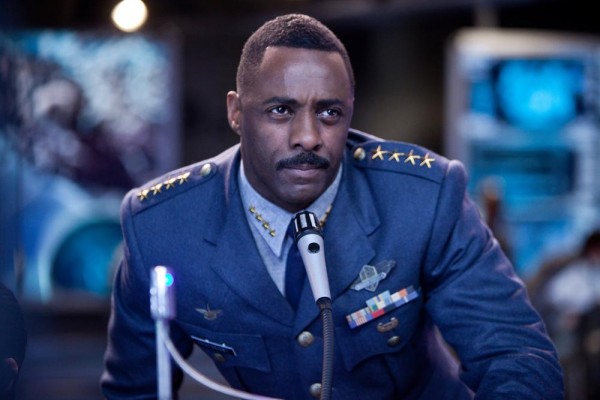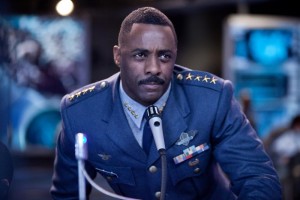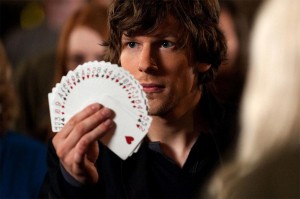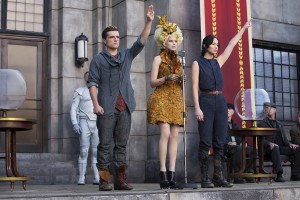

Josh Hutcherson, Elizabeth Banks and Jennifer Lawrence star in “Catching Fire,” the sequel to 2012’s “The Hunger Games.”The highly-anticipated film is the second in a series of four films based on a young adult book series by Suzanne Collins.
It always warms my heart when a beloved book is faithfully adapted into a movie. In 2010, adaptations of both “Shutter Island” and “Harry Potter and The Deathly Hallows Part 1” turned great pieces of literature into crowd-pleasing cinema without annoying hardcore fans of the original subject material. A more recent example would be Gary Ross’ critically acclaimed and financially successful “The Hunger Games,” which rekindled our fondness for Orwellian dystopias. Now, as the holidays roll around, we have been rewarded a sequel, “Catching Fire,” which not only sticks closely to the book but also trumps the first. It’s the best Thanksgiving, Hanukkah and Christmas gift anyone could have hoped for!
After Ross decided not to direct “Catching Fire” (released Nov. 22), the production gained a shiny new director in the form of Francis Lawrence, known for character-driven films such as 2007’s brooding Will Smith post-apocalyptic “I Am Legend.” While the first “Hunger Games” was enthralling, it really only grazed the surface of the intriguing dystopia that Suzanne Collins constructed in her best-selling science-fiction trilogy.
The sequel takes us on a further and richer exploration of this world while flaunting a pitch-perfect cast and toning down the shaky camera effect.
The sequel returns the viewer to Panem, a post-apocalyptic version of North America broken into 12 districts ruled by a ruthless totalitarian government known as “The Capitol” that allows its people to suffer in poverty and hunger. In a lot of ways, its methods of intimidation, assassinations, and absence of civil liberties strike a resemblance to Nazi Germany. Who is the lunatic behind all this madness, you may ask? That would be President Coriolanus Snow, played by a sinister and white-bearded Donald Sutherland. While following the novel’s first-person narrative, the movie also provides more scenes and exposition on Snow and his hatred for insurrection. Philip Seymour Hoffman joins the cast as Plutarch Heavensbee, head game maker and Snow’s adviser of sorts. Hoffman’s unreadable Heavensbee is reminiscent of Owen Davian, the villain he played in 2006’s “Mission: Impossible III.”
The story also returns to one of the greatest fictional heroines of our time who’s pretty skilled with a bow and arrow: Katniss Everdeen, portrayed to overwhelming perfection by Jennifer Lawrence. She has been blowing up Hollywood lately with her transition from indies to bigger-budgeted films. Look for her in David O. Russell’s “American Hustle” as well as Bryan Singer’s “X-Men: Days of Future Past.”
After surviving the Hunger Games, a yearly broadcast battle royale to the death between tributes from each district, Everdeen suffers from post-traumatic stress disorder and immense guilt. Moreover, she has unknowingly started the stirrings of a rebellion against the Capitol, which she must personally put a stop to by pretending to be madly in love with fellow victor Peeta Mellark (Josh Hutcherson). As they tour the different districts, the director crafts extremely tender moments with people weeping one moment and rioting the next, getting shot for showing the slightest hint of defiance.
Things really heat up with the Quarter Quell of the Hunger Games, when a nefarious twist is introduced in honor of the 75th anniversary of the Games. As a result, Katniss finds herself being forced to compete against other victorious tributes. Some of the notable competitors are Sam Claflin (“Snow White and the Huntsman”) as trident-wielding lady killer Finnick Odair as well as Jena Malone (“Sucker Punch”) as Johanna Mason, who gets quite the chuckle-inducing scene in an elevator.
Among the new faces, there is no shortage of old ones like the alcoholic mentor Haymitch Abernathy (Woody Harrelson), Lady Gaga-esque Effie Trinket (Elizabeth Banks), over-the-top television host Caesar Flickerman (Stanley Tucci), stylist Cinna (Lenny Kravitz) and Katniss’ other love interest Gale Hawthorne (Liam Hemsworth). The movie’s 2.5-hour running time allows for more development on each of these characters, bringing them to vivid life right before our eyes.
One of the movie’s greatest strengths is the ease with which it transitions between its two halves. In the first half, we see Panem in the dead of winter; Jo Willems’ cinematography is quite bleak as the movie explores the aftermath of the Games on Katniss’ well-being and her loved ones. During the second half, the colors begin to warm up, especially since the 75th Games take place in a tropical setting. In short, the movie complements the book quite well while also doing things that the book never could. It is violent, emotional and sometimes funny. It’s a parable about standing up to oppression and the endurance of the human spirit. This movie is the definition of “jumping off the page.”
It’s amazing what a difference an extra $52 million has made for “Catching Fire.” Its $130 million budget makes the $78 million budget of the first movie look like peanuts. James Newton Howard returned for the sequel with an engaging score that fluctuates between ominous and hopeful. The soundtrack also includes a number of original songs inspired by the movie from Coldplay, Of Monsters and Men, and Imagine Dragons that play during the end credits.
Like Warner Bros. did for the last “Harry Potter” book, Lionsgate has decided to split the last “Hunger Games” novel, “Mockingjay,” into two movies that will be released in November 2014 and 2015, respectively, with Francis Lawrence directing both. Hopefully he’ll do a fantastic job of adapting the worst book in the series into a harrowing and emotionally satisfying dramatic conclusion. From what we’ve seen so far, I think it’s safe to say that the odds are ever in our favor.
The post ‘Hunger Games’ sequel sets silver screen on fire appeared first on The Triangle.

